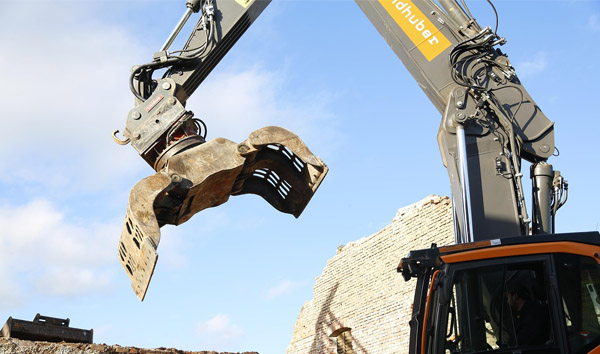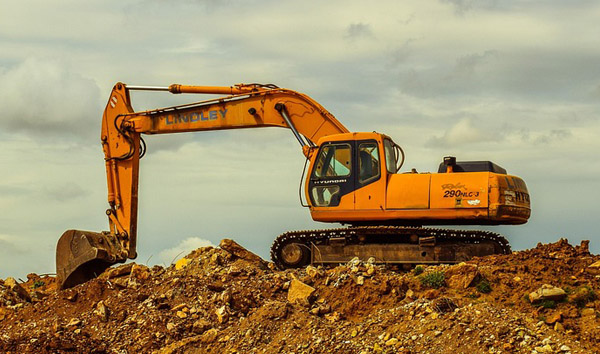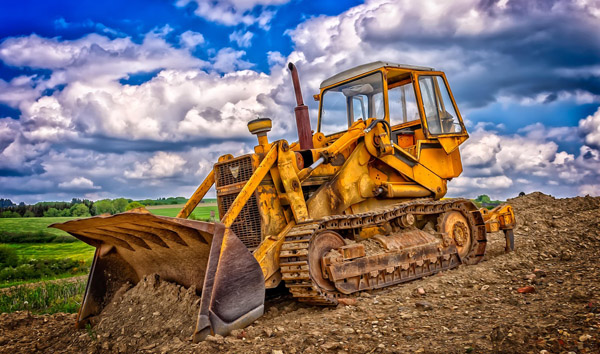Navigating the Complexities of Rough Terrain Forklift Safety Regulations
2025-07-26 04:35:28
The operation of Rough Terrain Forklifts presents unique challenges due to their specialized design and the hazardous environments in which they are commonly deployed. Unlike standard forklifts, rough terrain forklifts are engineered for uneven surfaces, steep inclines, and outdoor job sites, making adherence to safety regulations even more crucial. Regulatory bodies such as OSHA (Occupational Safety and Health Administration) and ANSI (American National Standards Institute) have established stringent guidelines to mitigate risks associated with these powerful machines.
One of the primary focuses of rough terrain forklift safety regulations is operator training and certification. OSHA mandates that all operators undergo formal instruction, hands-on evaluation, and periodic refresher courses. Given the instability of rough terrain, operators must be proficient in load management, slope navigation, and emergency procedures. Studies indicate that nearly 25% of forklift-related accidents occur due to inadequate training, underscoring the importance of compliance with these regulations.
Another critical aspect of rough terrain forklift safety regulations involves equipment maintenance and inspection. Daily pre-operation checks are required to assess tire conditions, hydraulic systems, and braking mechanisms. Industry data reveals that mechanical failures contribute to approximately 15% of rough terrain forklift incidents, making preventative maintenance a non-negotiable component of regulatory adherence. Additionally, ANSI/ITSDF B56.6 standards outline specific inspection protocols to ensure operational integrity in challenging environments.
Emerging technologies are also influencing the evolution of rough terrain forklift safety regulations. Telematics systems, for instance, enable real-time monitoring of equipment performance, operator behavior, and environmental conditions. These innovations not only enhance compliance but also provide actionable insights for reducing workplace accidents. As regulatory frameworks continue to adapt, integrating advanced safety features such as automatic load stabilization and collision avoidance systems will become increasingly vital for rough terrain forklift operations.
In conclusion, strict adherence to rough terrain forklift safety regulations is indispensable for safeguarding personnel and maintaining productivity. By prioritizing operator training, equipment maintenance, and technological advancements, organizations can mitigate risks while ensuring regulatory compliance. As industry standards evolve, staying informed about the latest developments will be key to fostering a culture of safety in high-risk work environments.














